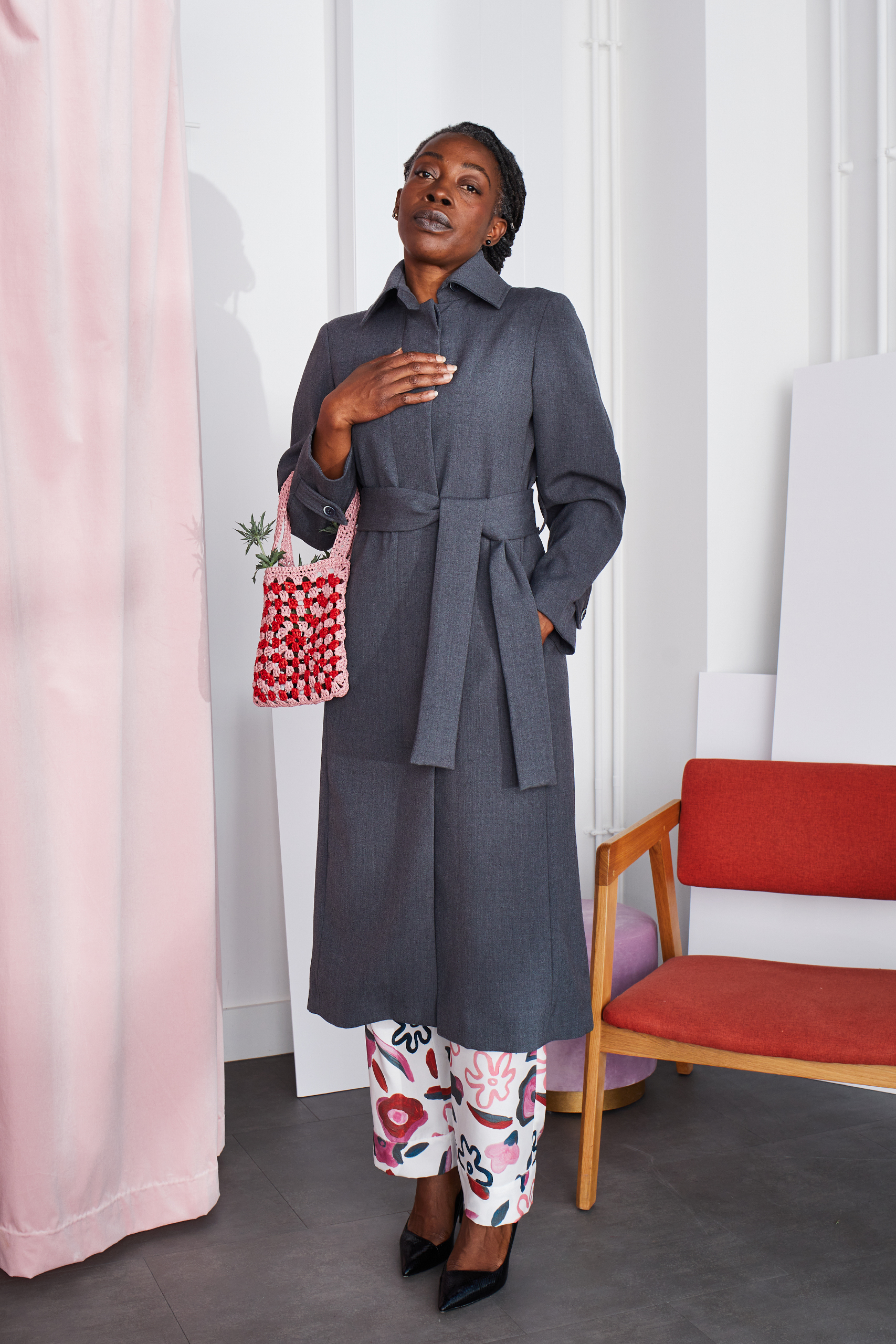As a brand that has only fairly recently started to address and discuss this important issue, we are well aware of the fact that we have not been the ones at the forefront of this discussion. Nevertheless, we strive to do better and educate ourselves and our community further. Our aim is to bring you a variety of perspectives, experiences and help you understand the topic better and hopefully encourage other brands to do the same and strive for more diversity.
What exactly is ageism and how is it defined?
Ageism describes discrimination against people based on their age.
It’s common in a lot of different industries but particularly affects the fashion and beauty industry severely. Mature people are often left out completely in advertisements. When they do get a spotlight, it is often to serve as tokens or being advertised products and clothes that do not comply with the current zeitgeist and the idea of a modern and empowered woman.
Back in January 2020, the Guardian reported about the New Research conducted by the International Longevity Centre-UK which found that ageism could cost the fashion industry £11 billion in the next 20 years. The numbers speak for themselves.
Mature women are still severely underrepresented in fashion advertisements and when there is age representation, racial representation is lacking massively: particularly women of colour. Despite the fact that a lot of modelling agencies now have a ‘mature’ or ‘grey’ category, ageing BIPOC models are almost nowhere to be found. Another striking remark is the fact that in a lot of cases, women in fashion or beauty ads marketed towards an older demographic aren’t actually part of that demographic which is misleading, discouraging and not empowering at all. A good example of this would be anti-ageing beauty advertisements, in which young, female, white models in their early 20s or 30s are advertising such products. The beauty industry as a whole targets ageing in the most noticeable way by selling products that inherently tell women to revert ageing and encourage them to try and look as young and possible by selling false promises and claims.
So what can brands do differently in order to strive for more representation?
– Acknowledge the customer
– Do not shy away from talking to them and asking them what they would like to see more of in the industry and learn to understand
– Do the research: every customer will be different but mostly all of them want the same thing: more representation so start somewhere
– Think about representation when it comes to your ads, shoots and social media feeds as well as the teams that you work with.
Customers that are 40+ need to be acknowledged more. They are a vital part of our society and hold a lot of spending power. Representation matters – within the workforce as well as in advertisements and on social media.
The entire fashion industry still has a long way to go but every brand, agency and editor has a shared responsibility to do better.
If you want to find out more about ageism and hear from some of the people working towards a less ageist industry, make sure you listen to our second episode of our podcast ‘Consciousness Beyond The Product’ in which we wanted to explore why people after a certain age are still massively underrepresented in the fashion industry, the issues they face, the term ‘anti-ageing’ and what brands can do differently. For this episode, we were joined by industry experts Alex Bruni, Vénus Apovo and Jacynth Bassett.
Listen to it on Spotify and on Apple Podcasts.
As well as find out more on our instagram account @sabinna_com
Any questions? E-mail us at podcast@sabinna.com or send us a DM via instagram.



